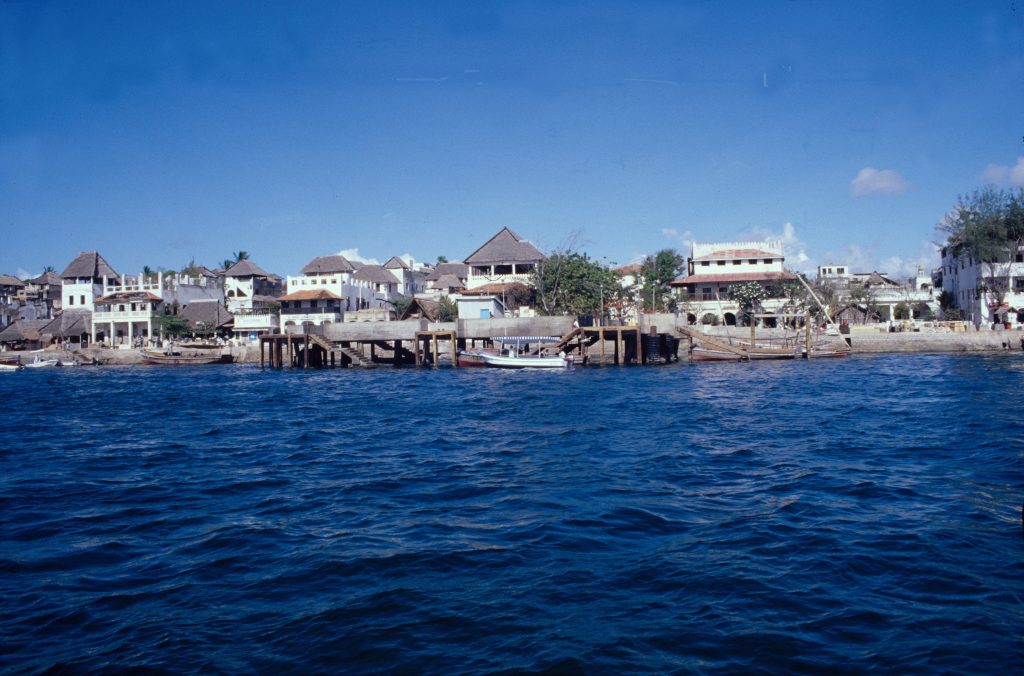 Located on an island by the same name, Lamu Old Town occupying 16 hectares is a living town with a history dating back to over 700 hundred years. It was inscribed on the World Heritage List in 2001 under criteria (ii) (iv) and (vi).
Located on an island by the same name, Lamu Old Town occupying 16 hectares is a living town with a history dating back to over 700 hundred years. It was inscribed on the World Heritage List in 2001 under criteria (ii) (iv) and (vi).
Lamu Island is part of a chain of islands known by the name: Lamu Archipelago that includes Manda, Pate and Kiwayu. The town is characterized by narrow streets and magnificent stone buildings with impressive curved doors, influenced by unique fusion of Swahili, Arabic, Persian, Indian and European building styles.
The buildings on the seafront with their arcades and open verandas provide a unified visual impression of the town when approaching it from the sea. While the vernacular buildings are internally decorated with painted ceilings, large niches (madaka), small niches (zidaka), and pieces of Chinese porcelain. The buildings are well preserved and carry a long history that represents the development of Swahili building technology, based on coral, lime and mangrove poles.
Outstanding Universal Value
The growth and decline of the seaports on the East African coast and interaction between the Bantu, Arabs, Persians, Indians, and Europeans represents a significant cultural and economic phase in the history of the region which finds its most outstanding expression in Lamu Old Town, its architecture and town planning.
The architecture and urban structure of Lamu graphically demonstrate the cultural influences that have come together over 700 hundred years from Europe, Arabia, and India, utilizing traditional Swahili techniques that produced a distinct culture. The property is characterized by its unique Swahili architecture that is defined by spatial organization and narrow winding streets. This labyrinth street pattern has its origins in Arab traditions of land distribution and urban development. It is also defined by clusters of dwellings divided into a number of small wards (mitaa) each being a group of buildings where a number of closely related lineages live.
Attributed by eminent Swahili researchers as the cradle of Swahili civilization Lamu became an important religious centre in East and Central Africa since the 19th century, attracting scholars of Islamic religion and Swahili culture. Today it is a major reservoir of Swahili culture whose inhabitants have managed to sustain their traditional values as depicted by a sense of social unity and cohesion.
The architecture and urban structure of Lamu graphically demonstrate the cultural influences that have come together there over several hundred years from Europe, Arabia, and India, utilizing traditional Swahili techniques to produce a distinct culture. The growth and decline of the seaports on the East African coast and interaction between the Bantu, Arabs, Persians, Indians, and Europeans represents a significant cultural and economic phase in the history of the region which finds its most outstanding expression in Lamu Old Town. Its paramount trading role and its attraction for scholars and teachers gave Lamu an important religious function (such as the annual Maulidi and Lamu cultural festivals) in East and Central Africa. Lamu Old Town continues to be a significant centre for education in Islamic and Swahili culture
